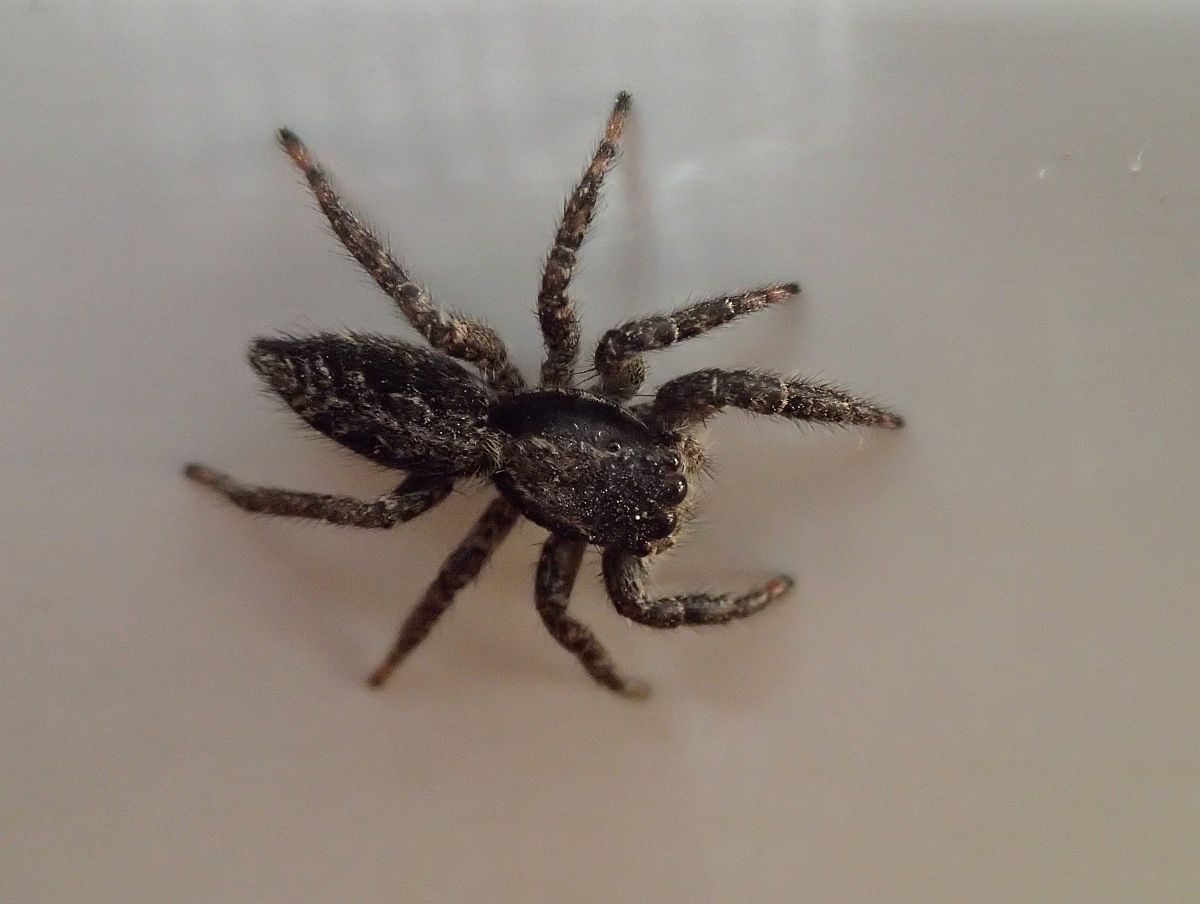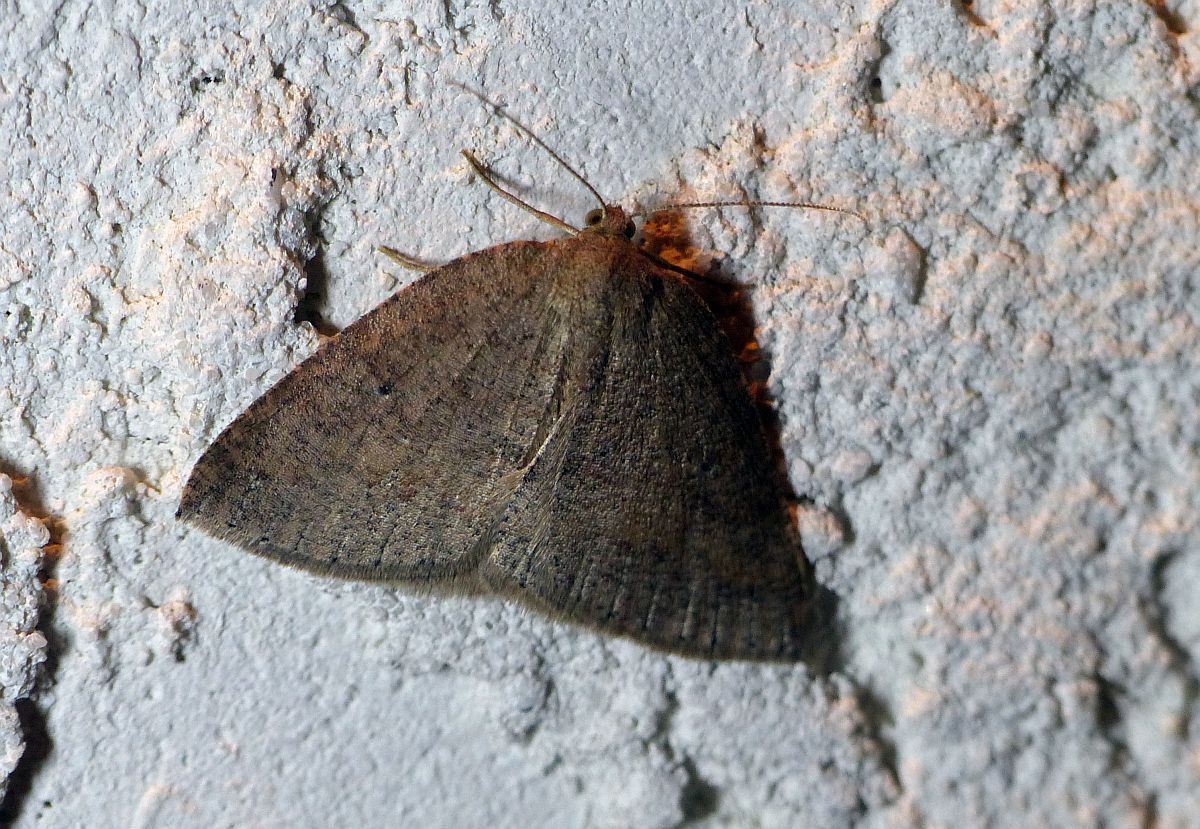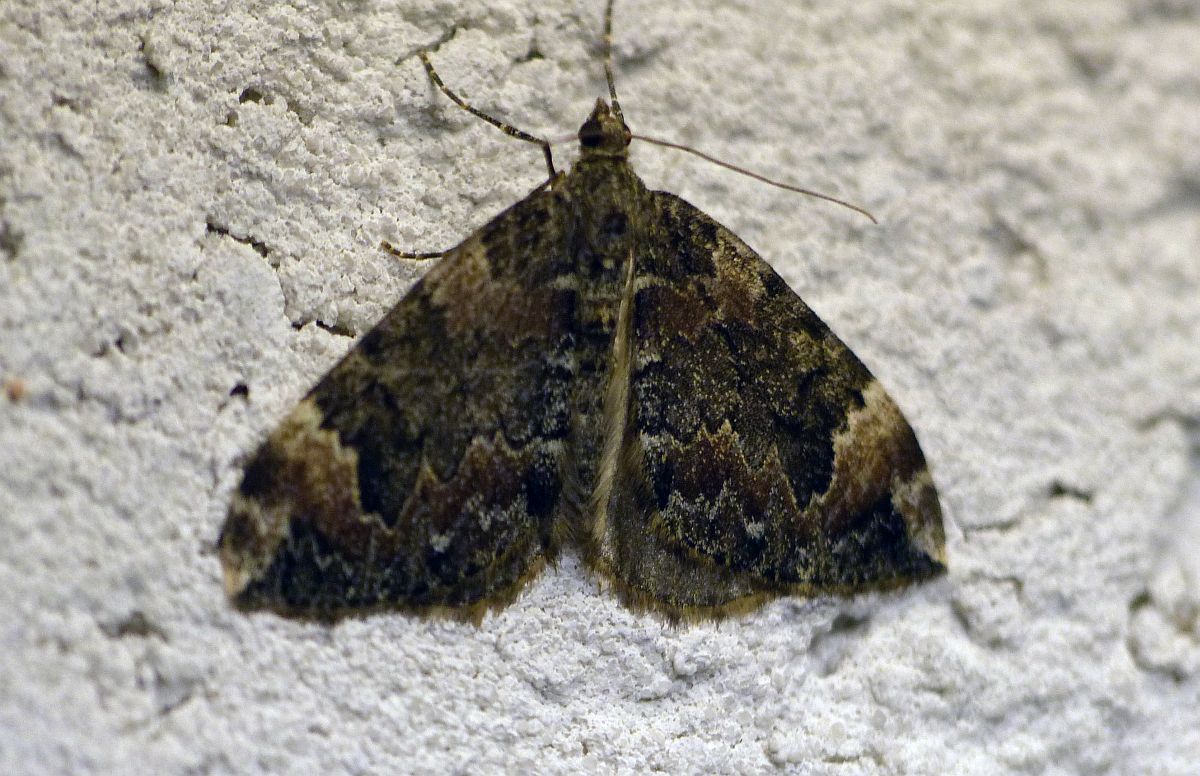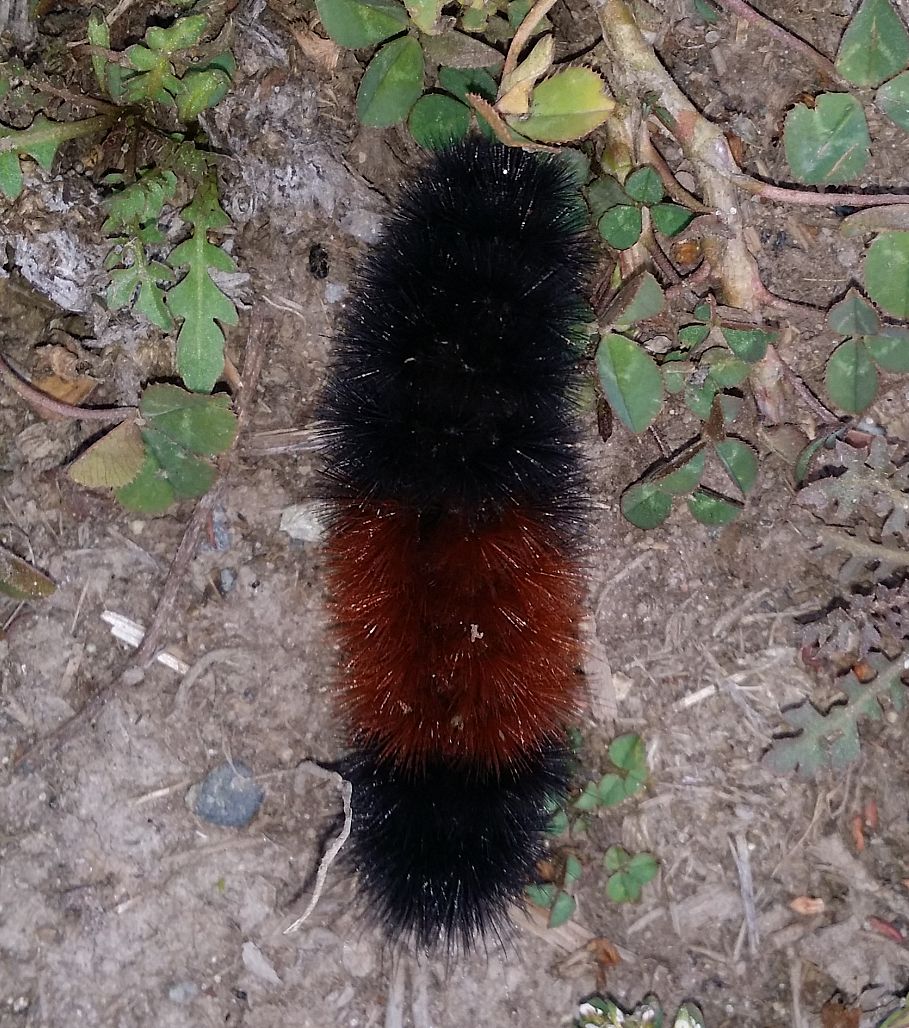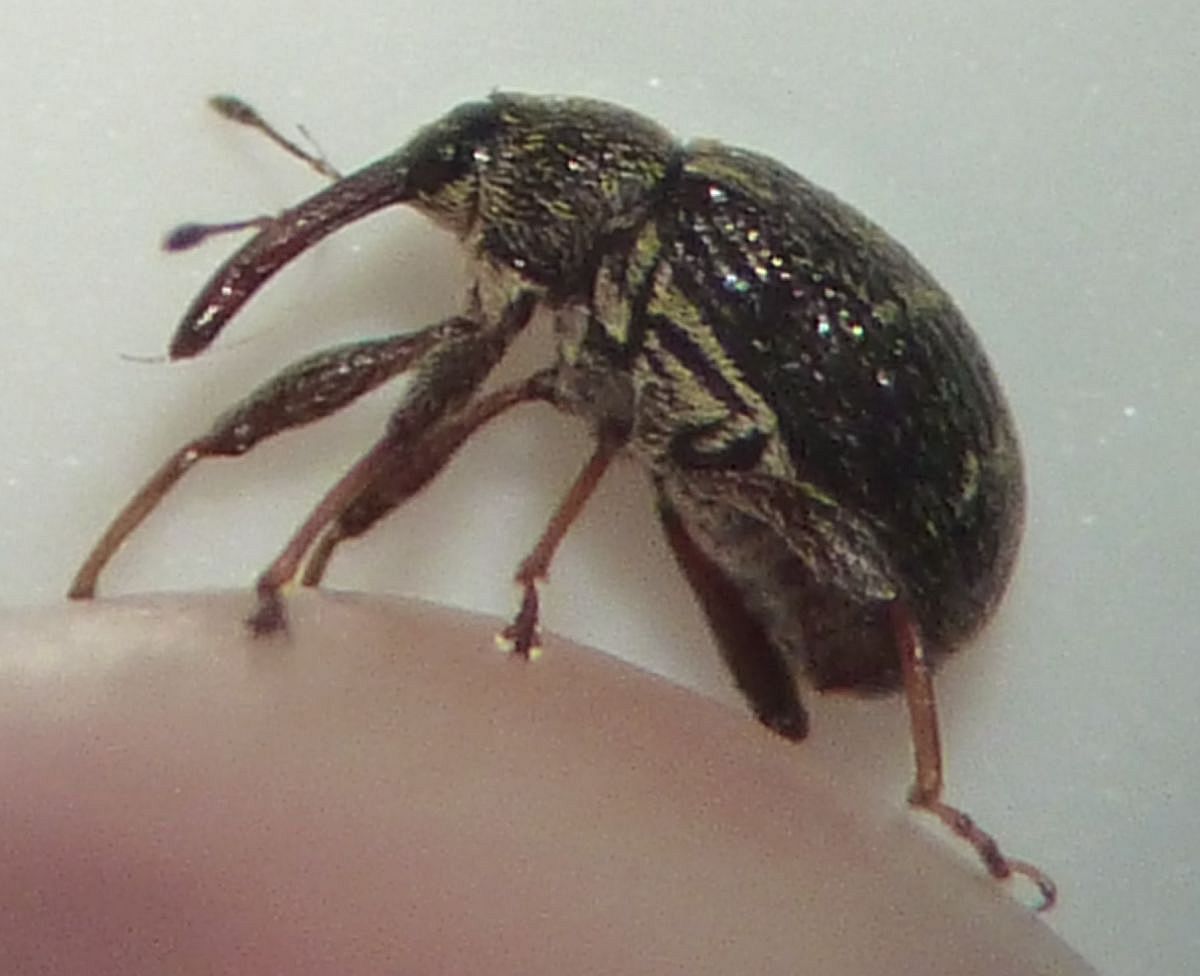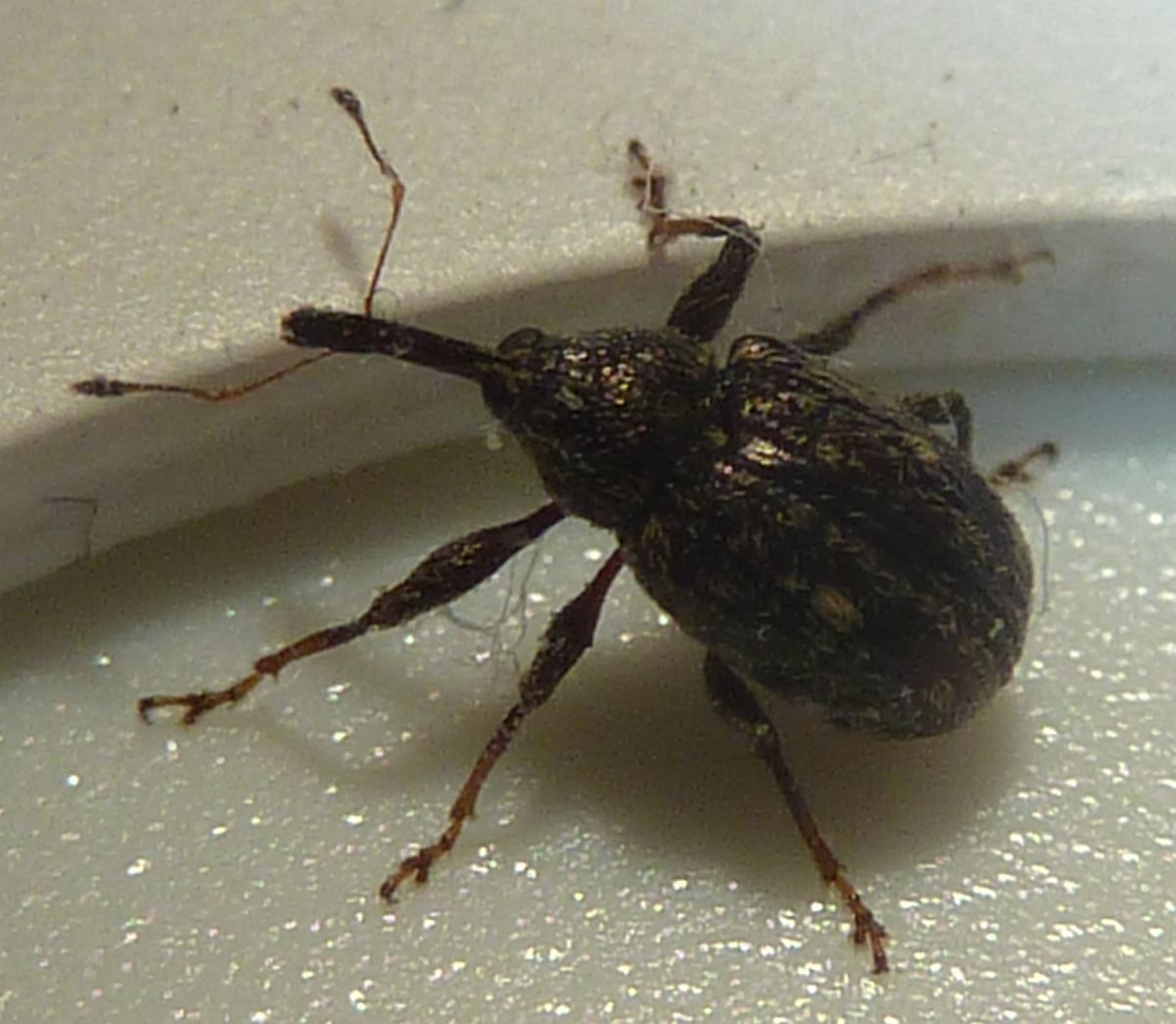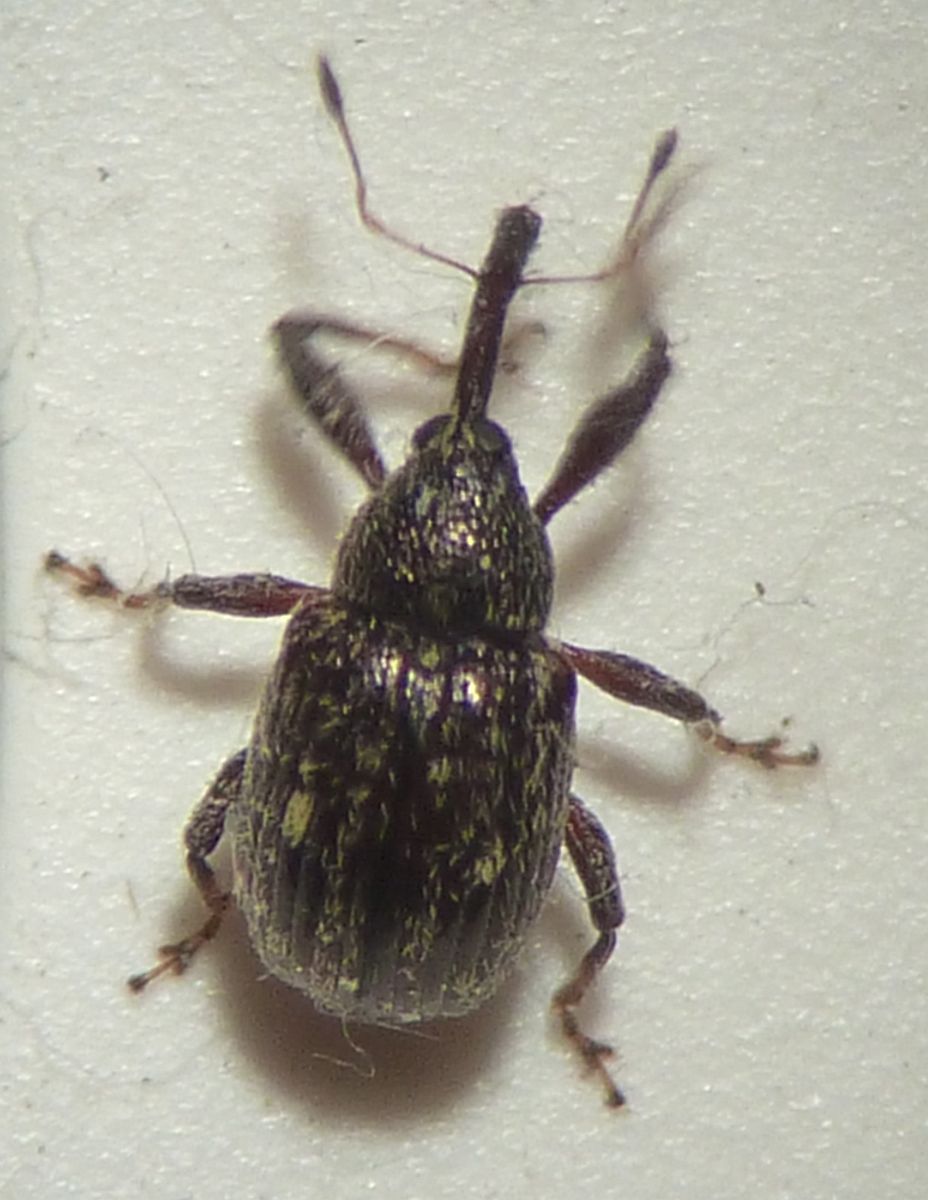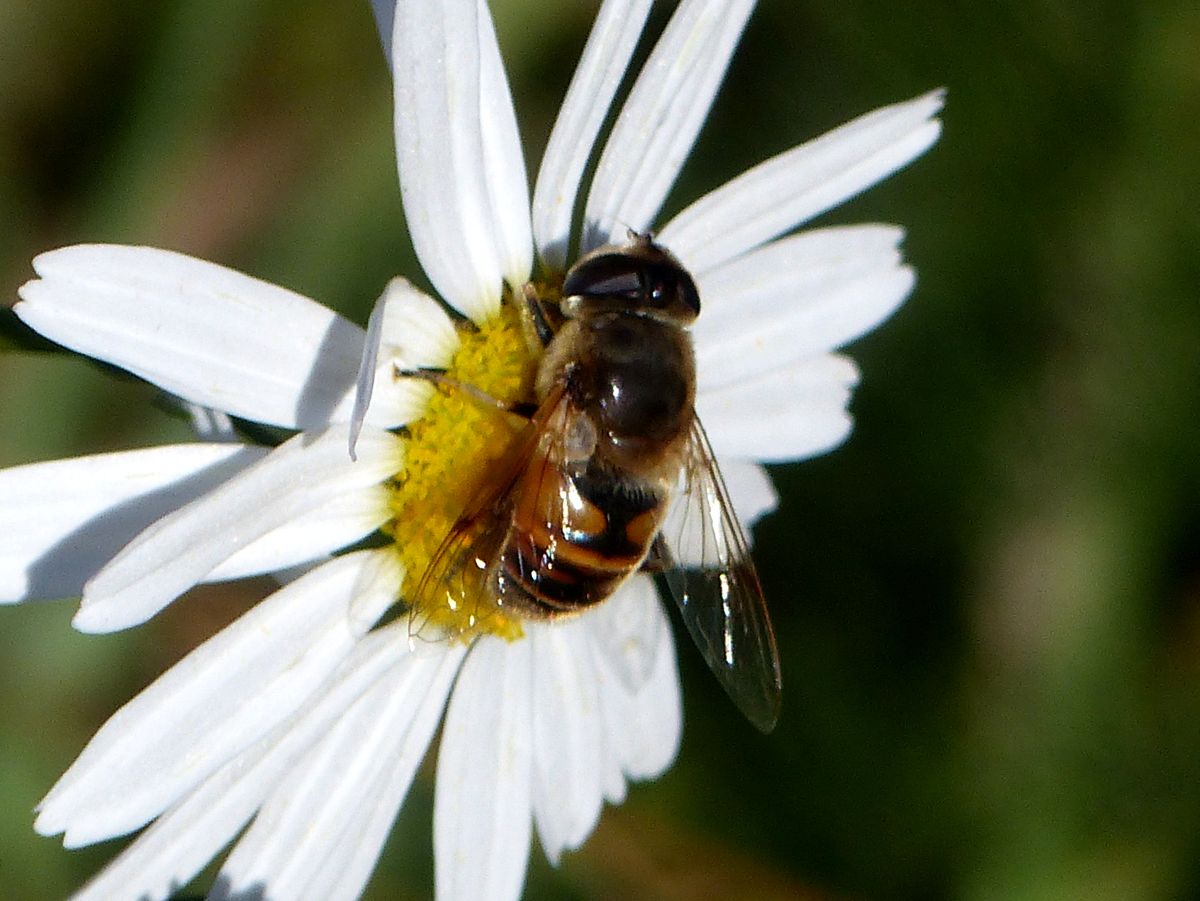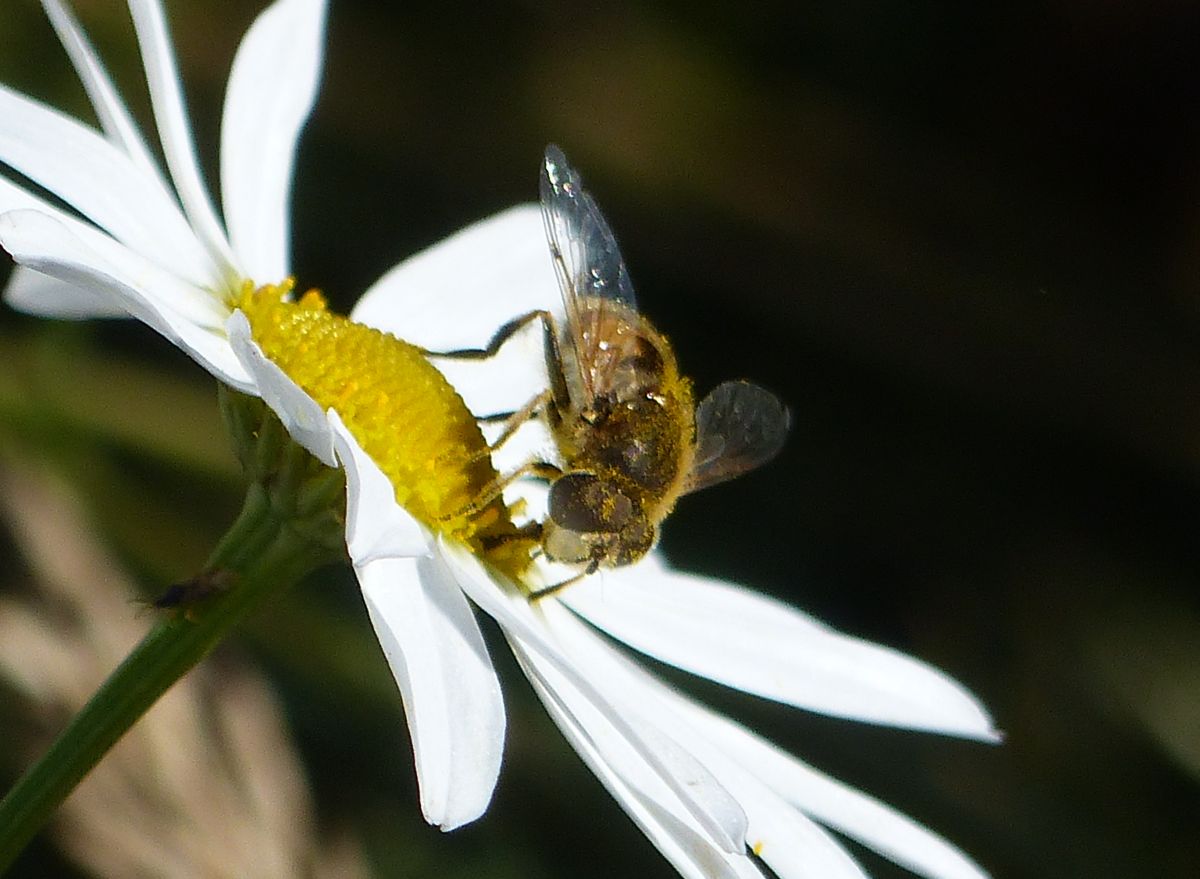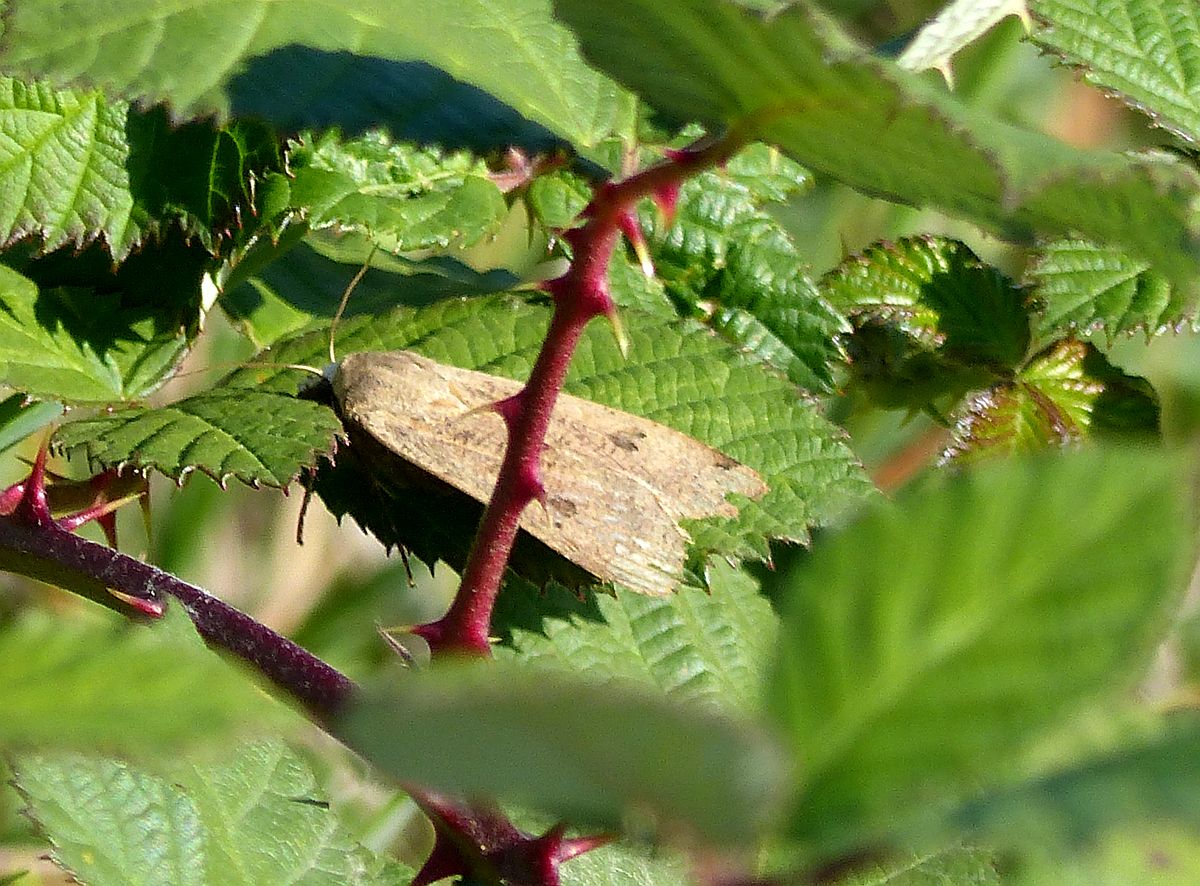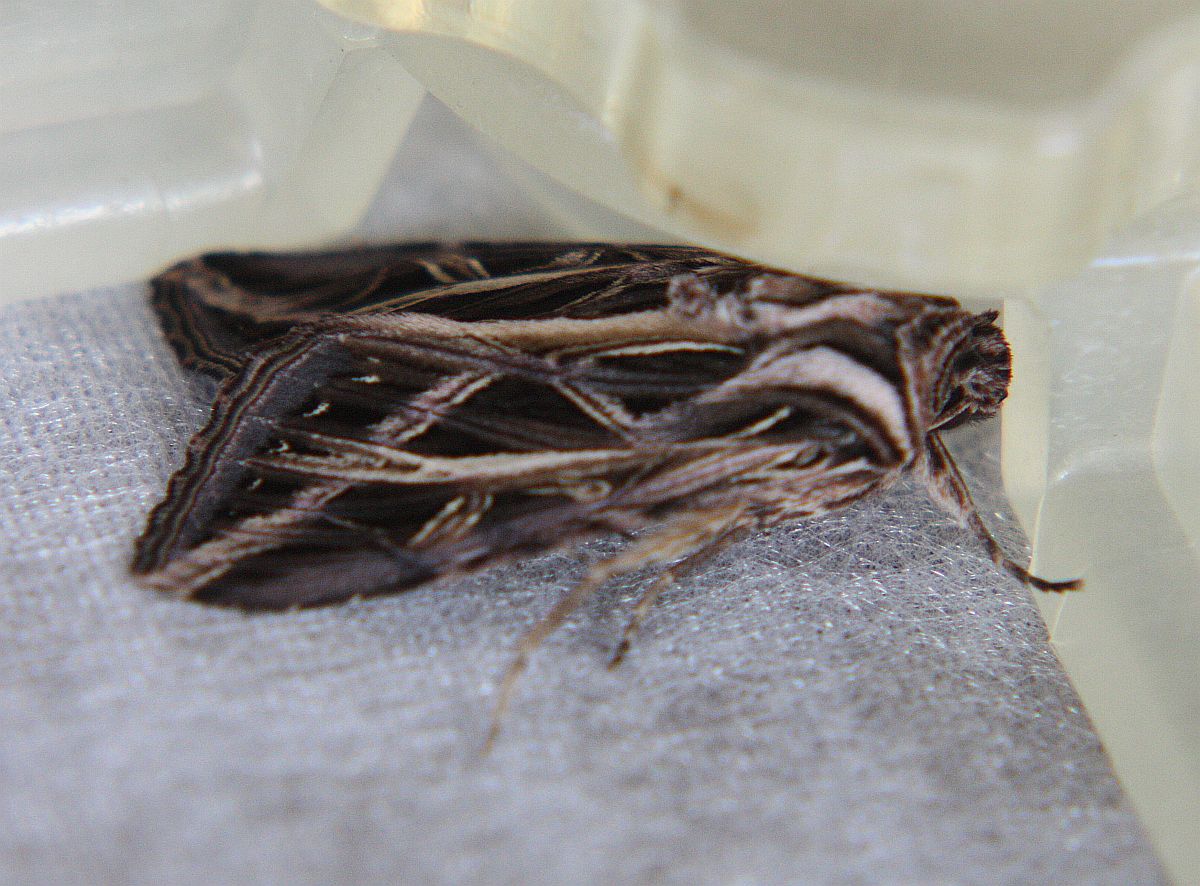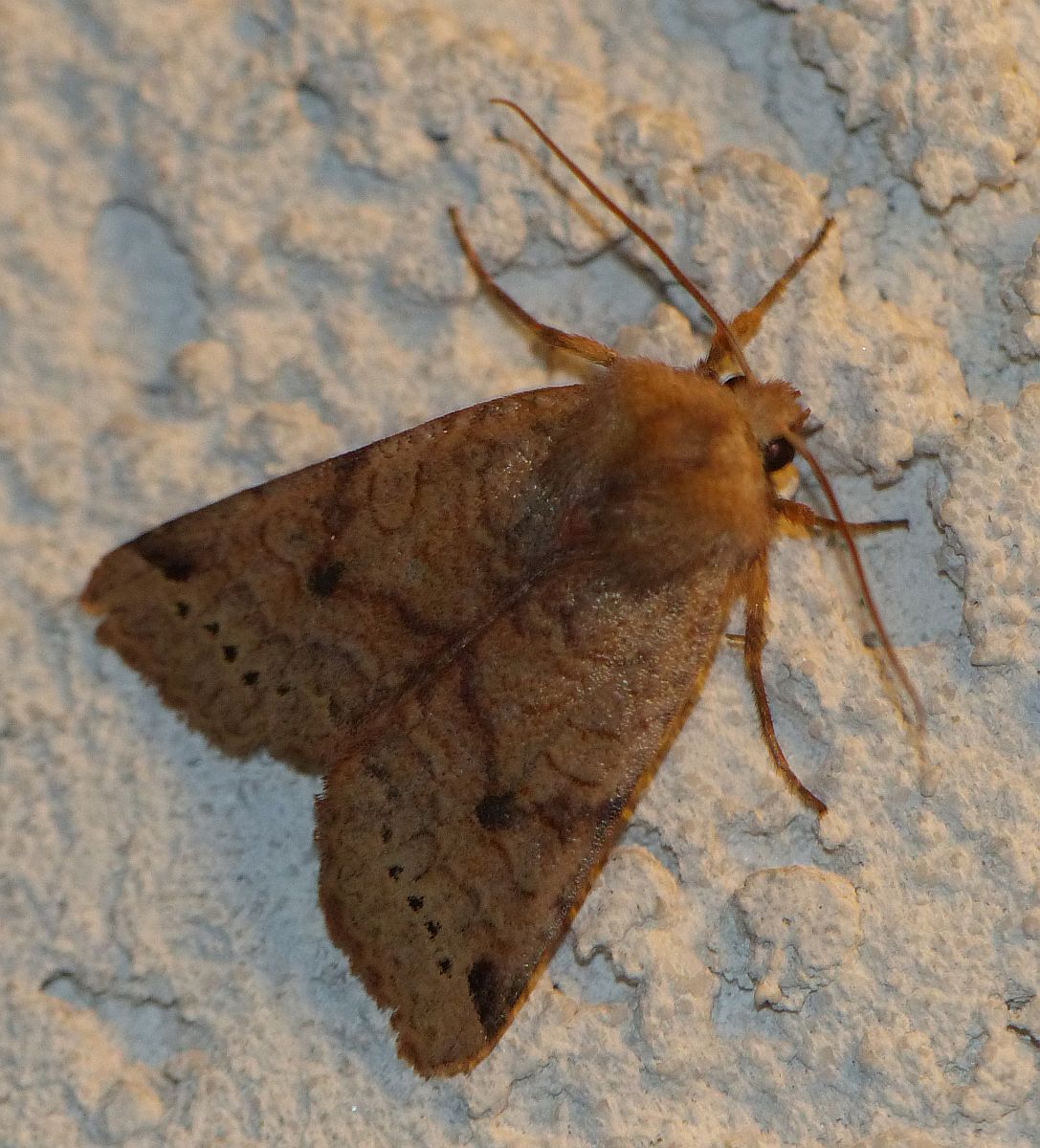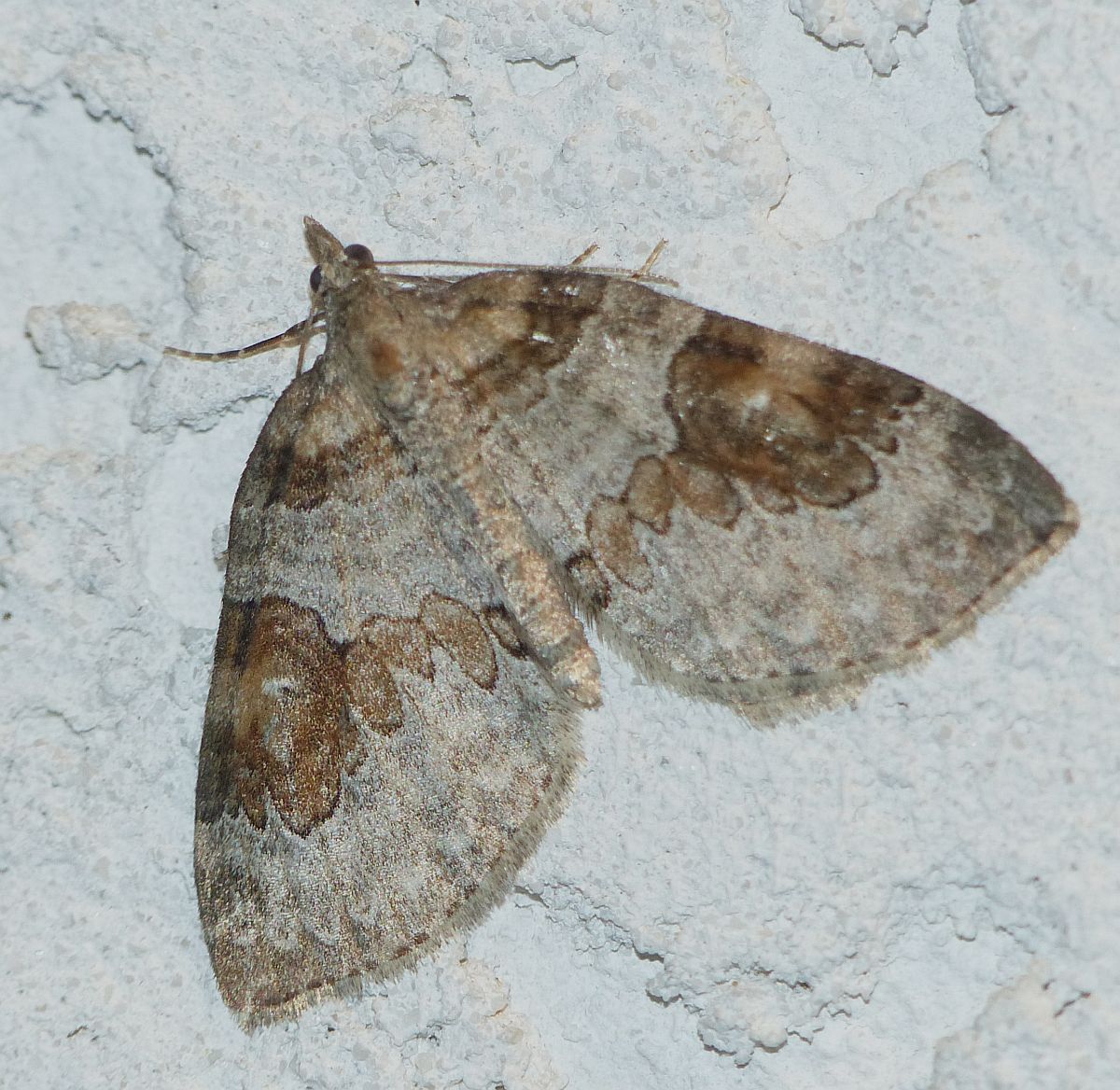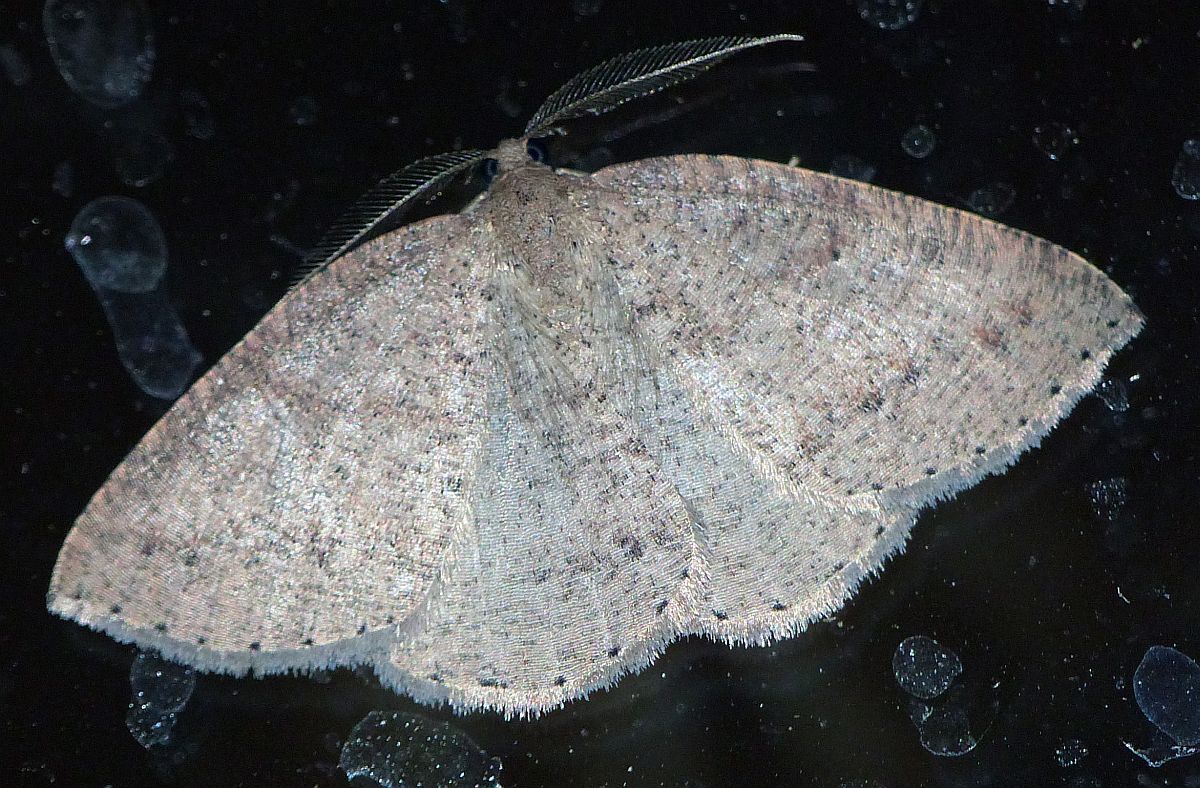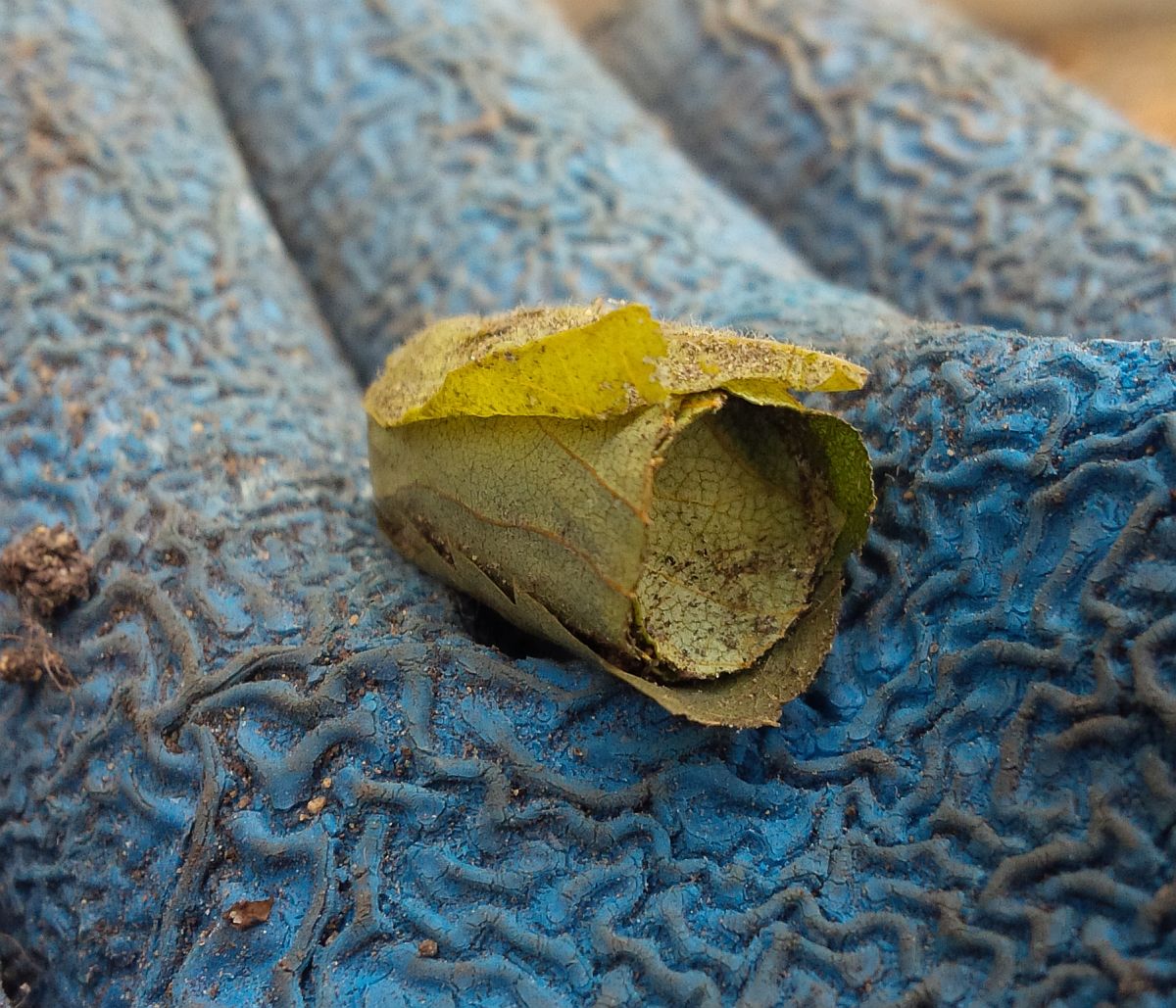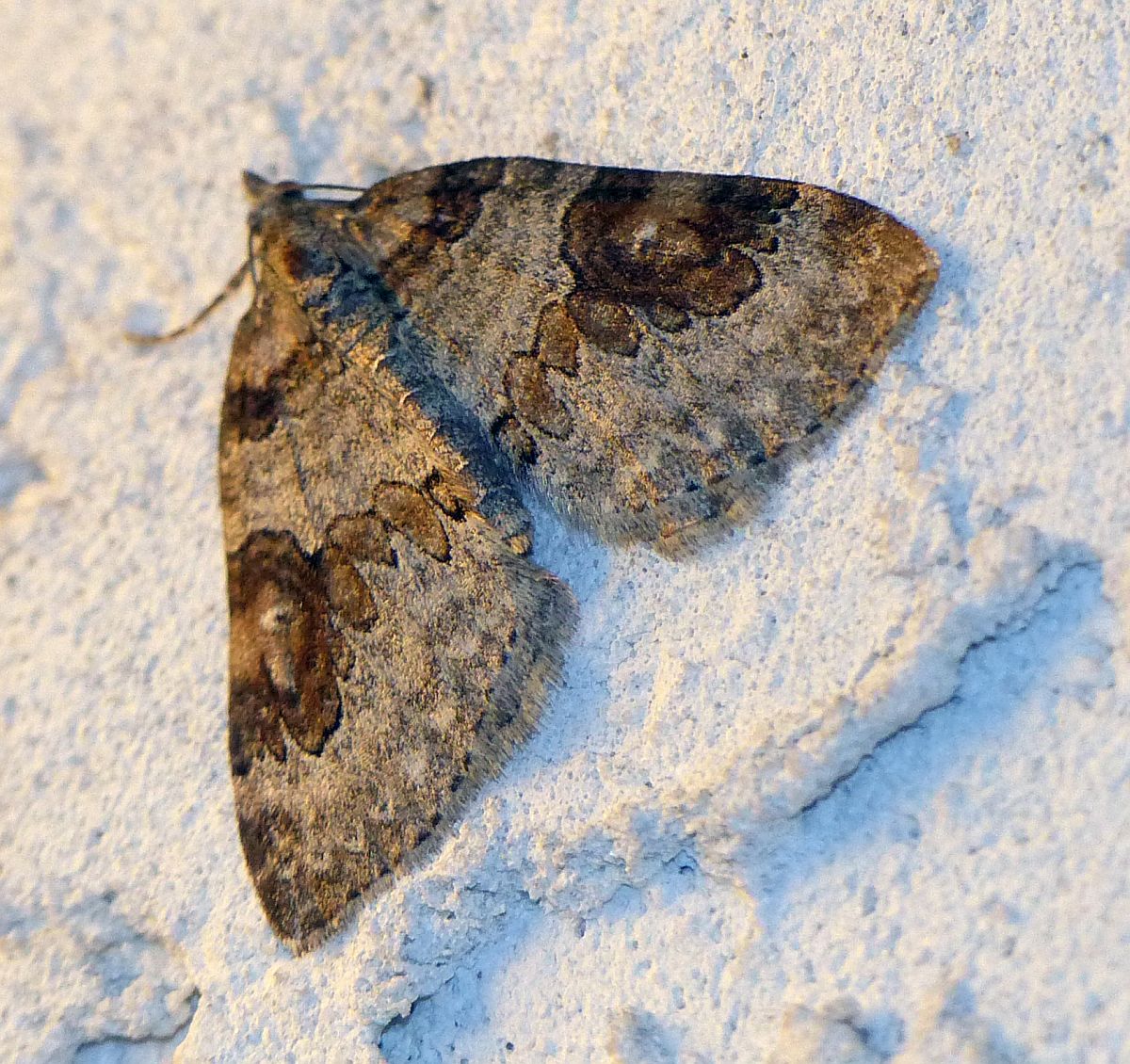2017 October 22
Here is Gordon Hart’s report of the September VNHS Butterfly Count.
There were 19 reports from 21 locations by 11 observers for the last 2017 butterfly count from September 16-23. Those numbers were similar to 2016, but the number of butterflies counted was exactly double 2016: 246 this year vs 123 last year. Last year only two species were found. This year, there were seven species, including 28 Painted Ladies. Cabbage Whites were also more common with 205 counted this year, 83 more than last year. I plan to submit a summary of all the 2017 counts in the January issue of The Victoria Naturalist while we wait for the next butterfly season. Thanks again to all the participants!
Gordon Hart,
Butterfly count coordinator.
————————————————-Sep ’17 Sep ’16 Diff
————————————————–7 sp. 2 sp.
AniseSwallowtail 0
Western Brown Elfin 0
CabbageButterfly 205 122 83
CaliforniaTortoiseshell 0
CedarHairstreak 0
Ringlet (Coenonympha tullia) 2 2
European (Essex) Skipper 0
GreenComma 1 0
Grey Hairstreak 1 -1
Lorquin’s Admiral 0
Milbert’s Tortoiseshell 0
Moss Elfin 0
Mourning Cloak 0
Painted Lady 28 28
Pale Swallowtail 0
Pine White 0
Propertius Duskywing 0
Purplish Copper 1 1
Red Admiral 1 1
Sara OrangeTip 0
Satyr Comma 0
Silvery Blue 0
SpringAzure 0
Two-Banded Grizzled (Checkered) Skipper 0
West Coast Lady 0
Western Pine Elfin 0
Western Sulphur 0
Orange Sulphur 4 4
Western Tiger Swallowtail 0
Woodland Skipper 5 5
totals 246 123 123
Number of observers 11 12
Number of reports 19 22
Number of locations covered 21 20
Gordon also reports seeing a Painted Lady and six Cabbage Whites at Ocean Grove, near Esquimalt Lagoon on October 15.


